Felipe Abel is widely recognized as an exceptionally talented and versatile tattoo artist, renowned for his innovative work in the Micro Realism style, particularly in the depiction of classic surrealist figures, portraits, and animals. He is considered one of the most outstanding creatives in the global tattoo community.
Felipe’s reputation extends internationally, with prestigious tattoo studios around the world welcoming him as a guest artist. Studios such as Vaders.Dye and Oek Tattoo in Germany, Eightlines and White Whale Tattoo Society in Italy, Circa Tattoo in Spain, and Sashatattoing in Paris are highly selective when inviting guest artists, acknowledging the value that exceptional talents like Felipe bring to their spaces. His presence not only elevates their status within the industry but also attracts new clientele, further strengthening their reputation.
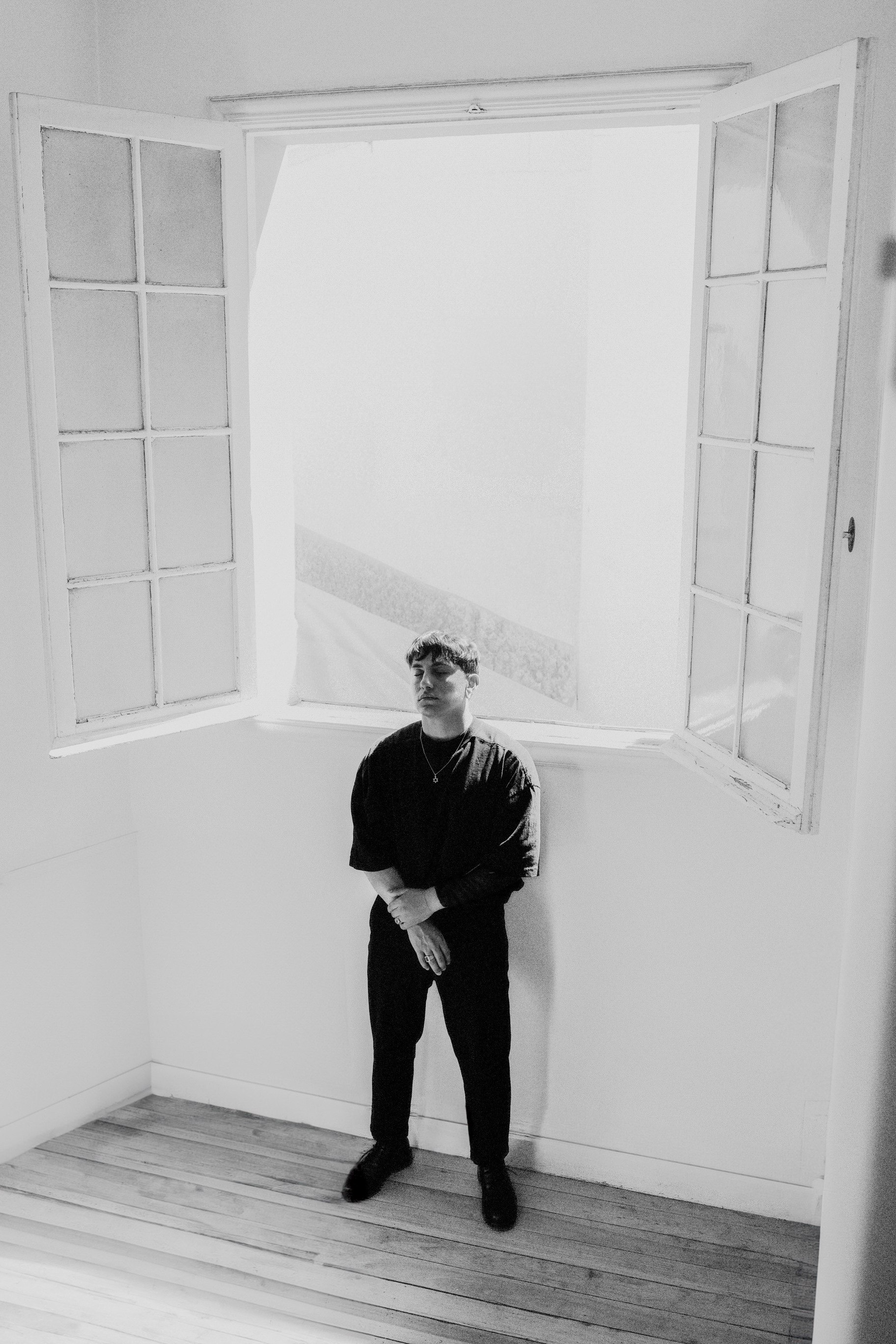
Felipe is sponsored by leading tattoo brands such as Mast Tattoo and Dragon Hawk, a clear testament to his prominent standing in the field. Dragon Hawk, in particular, is internationally recognized as the leading brand in tattoo machines. Felipe Abel has successfully leveraged his visibility and reputation within the tattoo community to become a leading ambassador for Dragon Hawk at conventions and other industry events. Securing support from such respected brands marks a major milestone in Felipe’s career, reinforcing his influence in the professional sphere and further solidifying his international position as a top-tier artist.
As the ultimate recognition of his outstanding career both in his home country and abroad—and as a natural evolution of his experience in Europe—Felipe will soon be joining the team at Noble Art in the United States, led by Matias Noble. Noble Art’s reputation is global, with studios located in Spain, Switzerland, New York, Montreal, and Miami.
What inspired you to pursue tattooing, and how did your journey begin?
— I started tattooing nine years ago, after finishing my Design studies at university. I completed my degree with a thesis focused on the global tattoo industry.
I’ve always loved illustration and painting, so I gradually immersed myself in that world. As I explored new mediums, I found tattooing to be a whole new challenge and discipline. I began practicing little by little until I decided to dedicate myself to it fully.
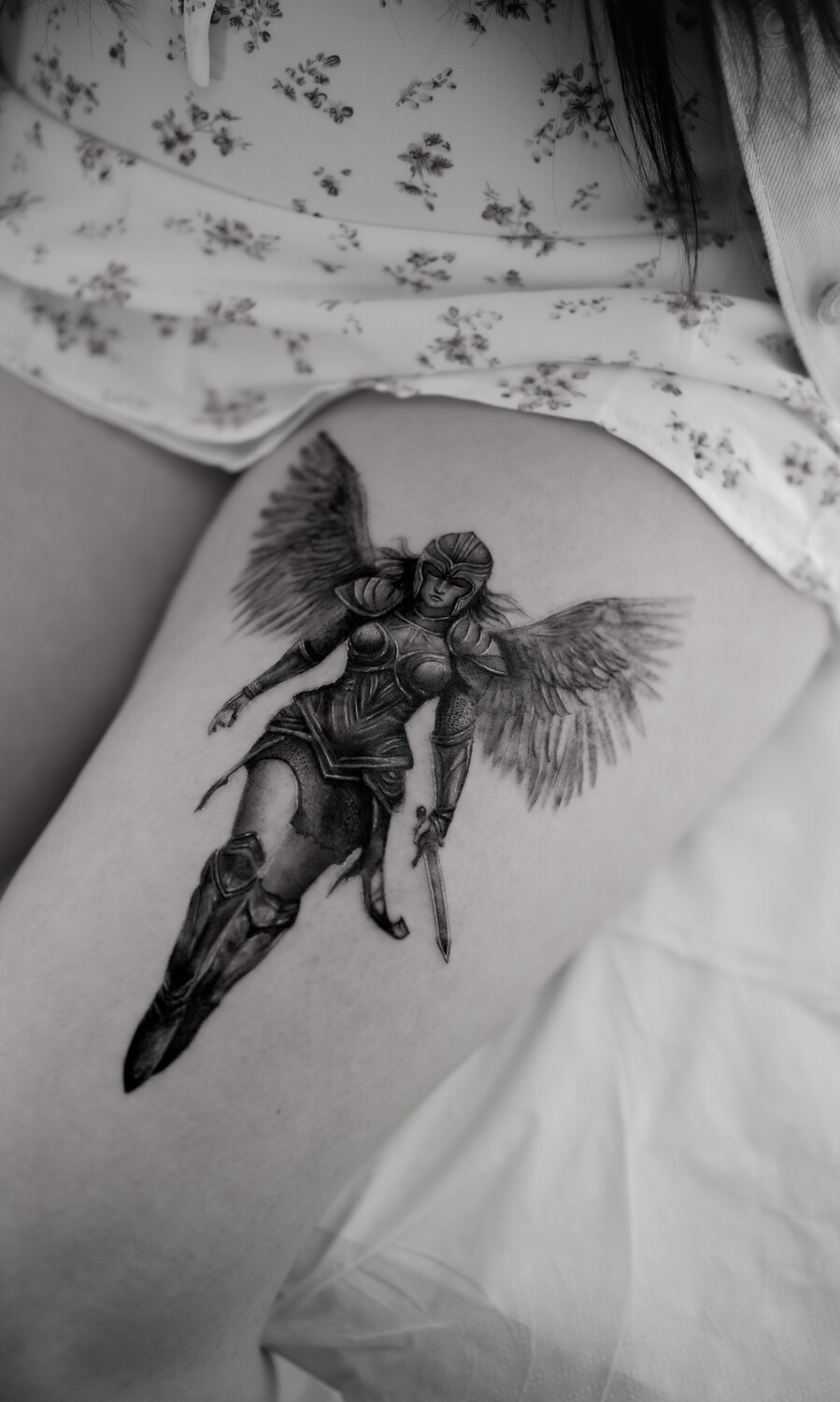
Black and grey micro-realism is a challenging style. What drew you to this particular form of tattooing?
— When I first started tattooing, I wanted to bring my illustrations to the skin, and I’ve always been drawn to realism. I’m passionate about detail—whether in illustration, painting, or tattoos.
Micro-realism, to me, conveys a level of skill that very few artists can master, and that motivates me to keep improving every day. I learn something new with each project, which drives my motivation and discipline.
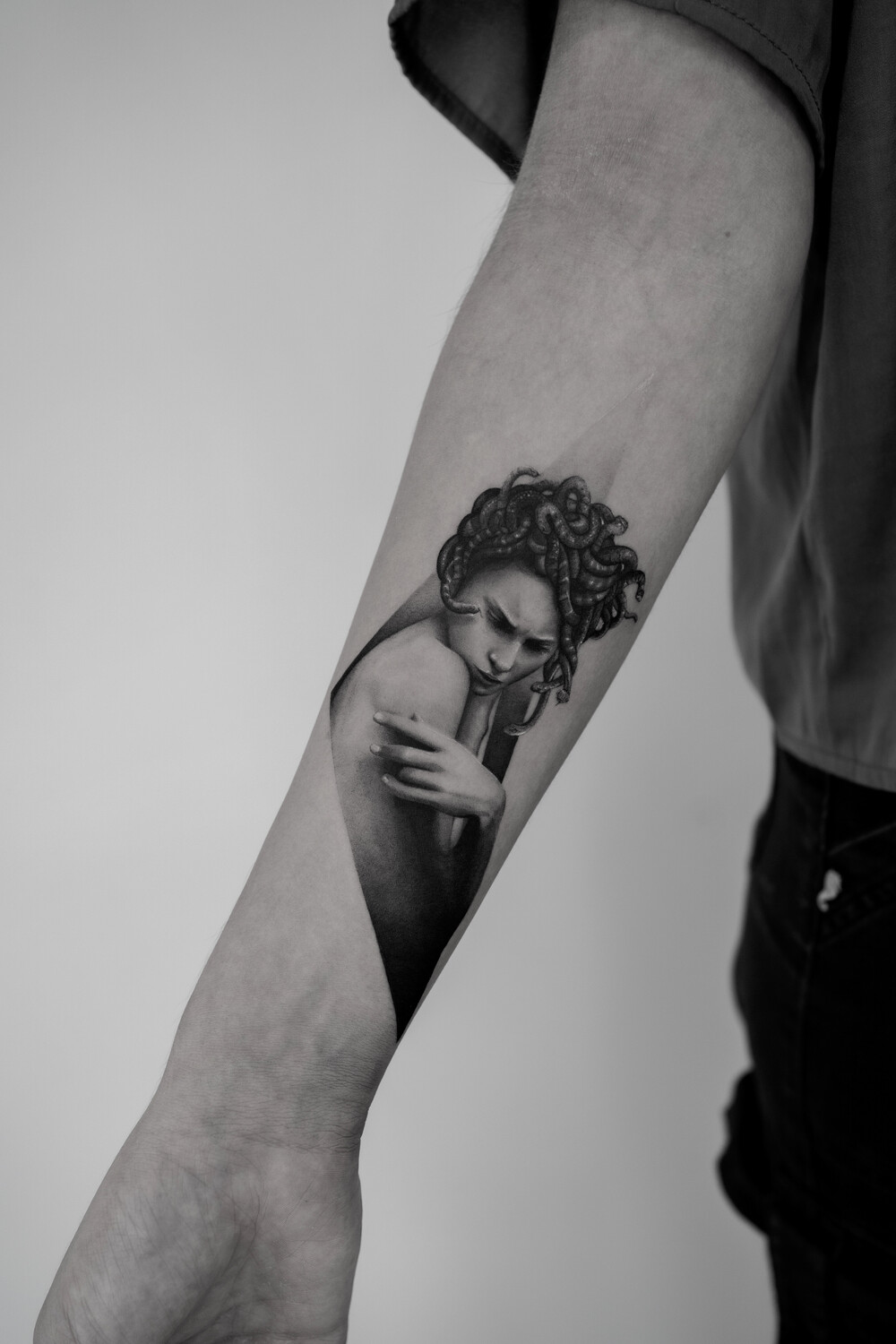
Who or what are your main artistic influences?
— My artistic references range from photographers like Sebastião Salgado to painters like Gottfried Helnwein and Guillermo Lorca, a Chilean artist from my own country.
I feel that my influences are quite diverse, which pushes me to think about the concepts I want to express in my work, beyond just technical execution. I believe painting can bring together both technical and conceptual elements that I can then apply to tattooing.

Can you tell us about your process when creating such detailed and realistic tattoos?
— My process involves applying traditional realism techniques to micro-realism. For instance, I don’t use ultra-fine needles like the 1RL (round liner); instead, I work with Magnum and RS needles, which are not commonly used in micro-realism. This approach helps me save time, achieve better saturation, and protect the skin.
In my experience, this method also results in better healing. For me, detail comes from saturation, and most importantly, from ensuring that these highly detailed tattoos age well. I love working with solid black blocks paired with subtle, tiny details.
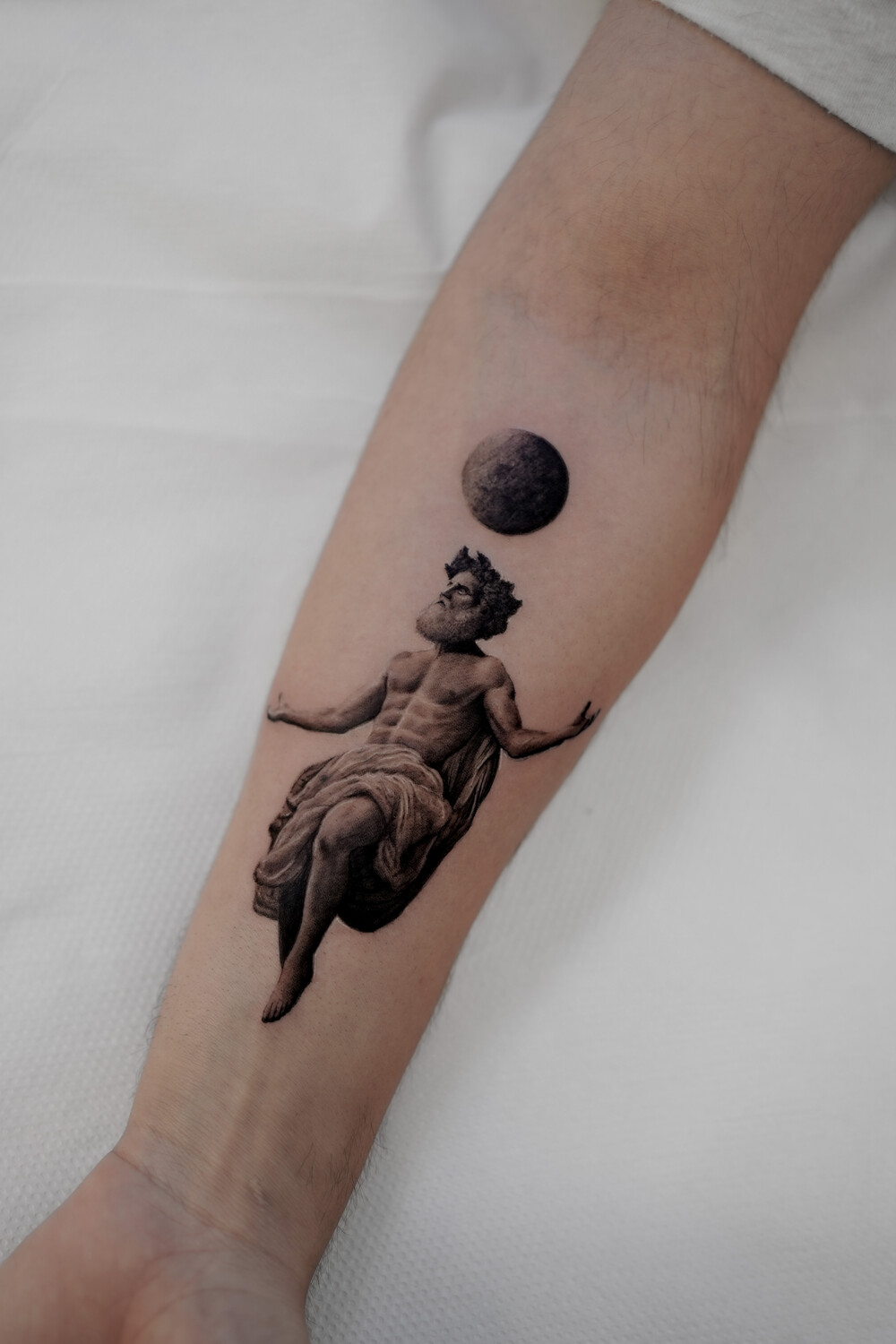
What are your favorite themes to tattoo?
— Lately, I’ve been working on my own original designs. I love creating surreal, esoteric, and metaphorical figures.
One recurring concept is levitating headless figures with orbs or other elements. I’ve been developing this idea for a while, and gradually I’ve been tattooing more and more of them. In my most recent designs, I’ve started placing them within landscapes to give the entire piece a unique and cohesive concept.
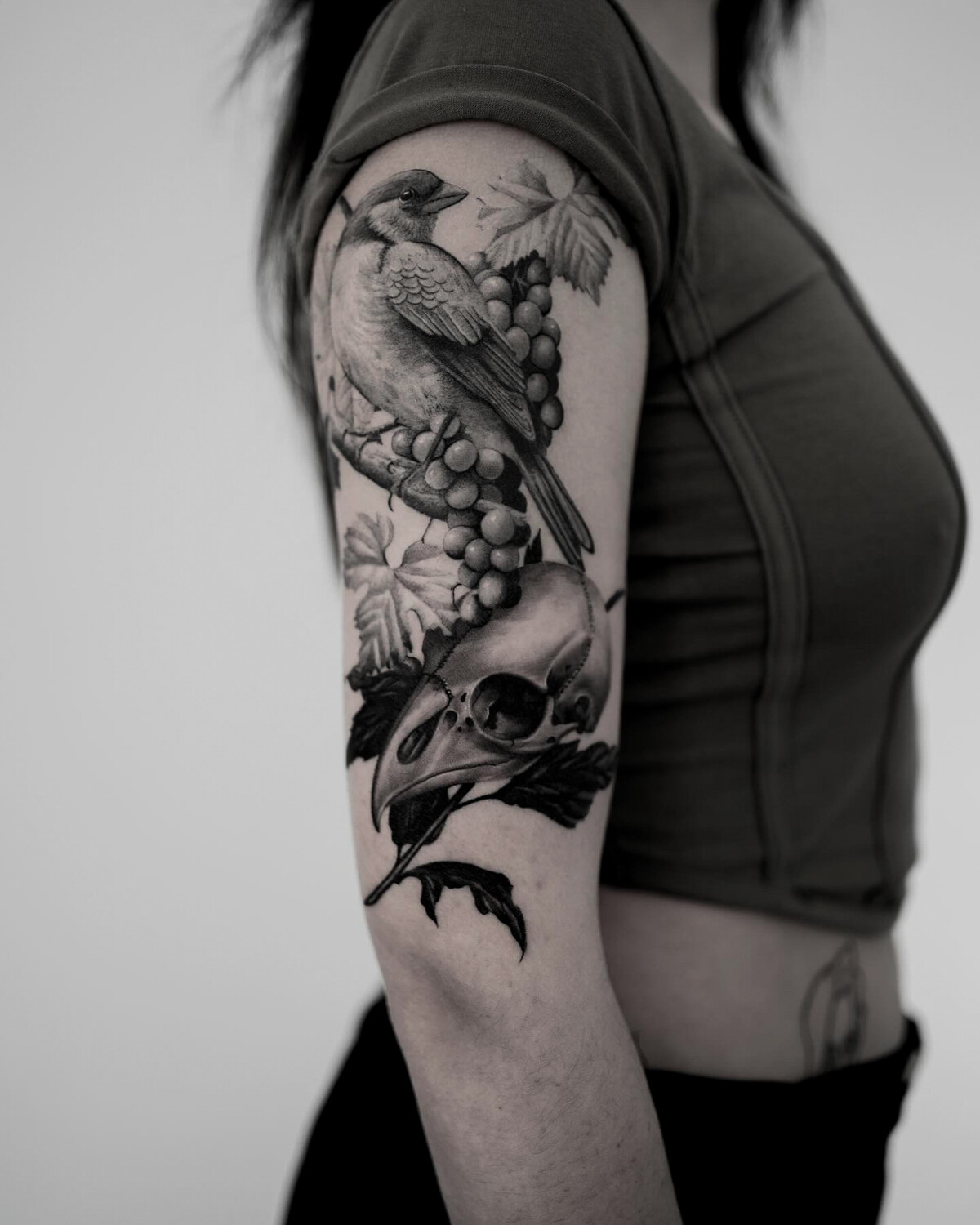
Many of your pieces carry strong emotional undertones. How do you connect with your clients to understand their vision?
— I like to go beyond the rational aspect. I often ask clients what emotions or feelings they want to express—even if it seems like a simple idea.
For example, a pet portrait may seem common, but it can be deeply personal. Focusing on the animal’s gaze can completely transform the emotional impact of the portrait. I design based on how they want to feel when they see the tattoo. For me, the emotion behind the idea is just as important as the technical or visual execution.
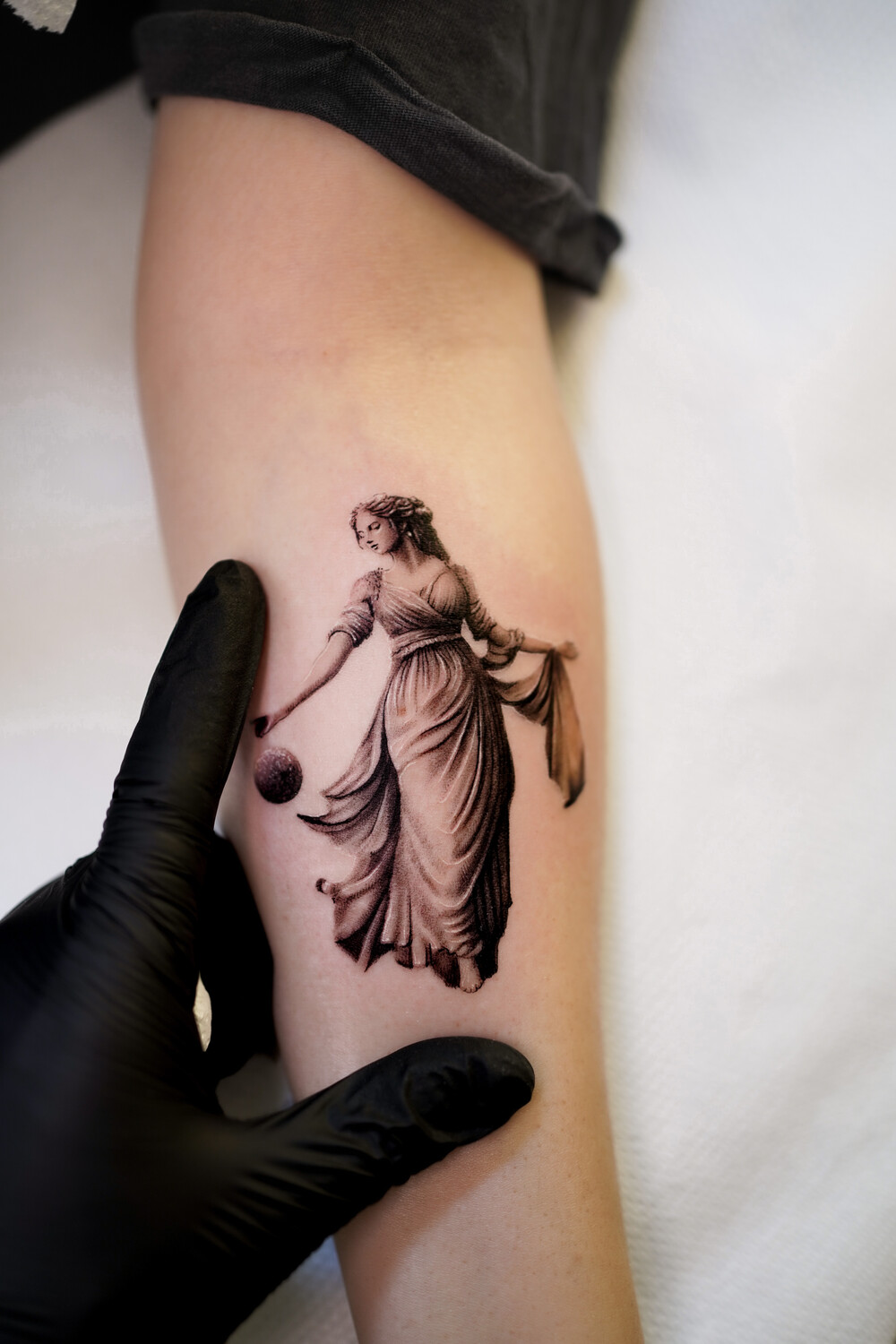
What are some of the most challenging tattoos you’ve done, and how did you overcome those challenges?
— Honestly, every tattoo has been a challenge, because I always try to include as much detail as possible.
One piece that stands out is a Medusa tattoo I did when I still didn’t have the advanced knowledge I have now. I aimed to create something unique, and due to its small size, it was quite a challenge to make sure it healed perfectly while still keeping the high level of detail.
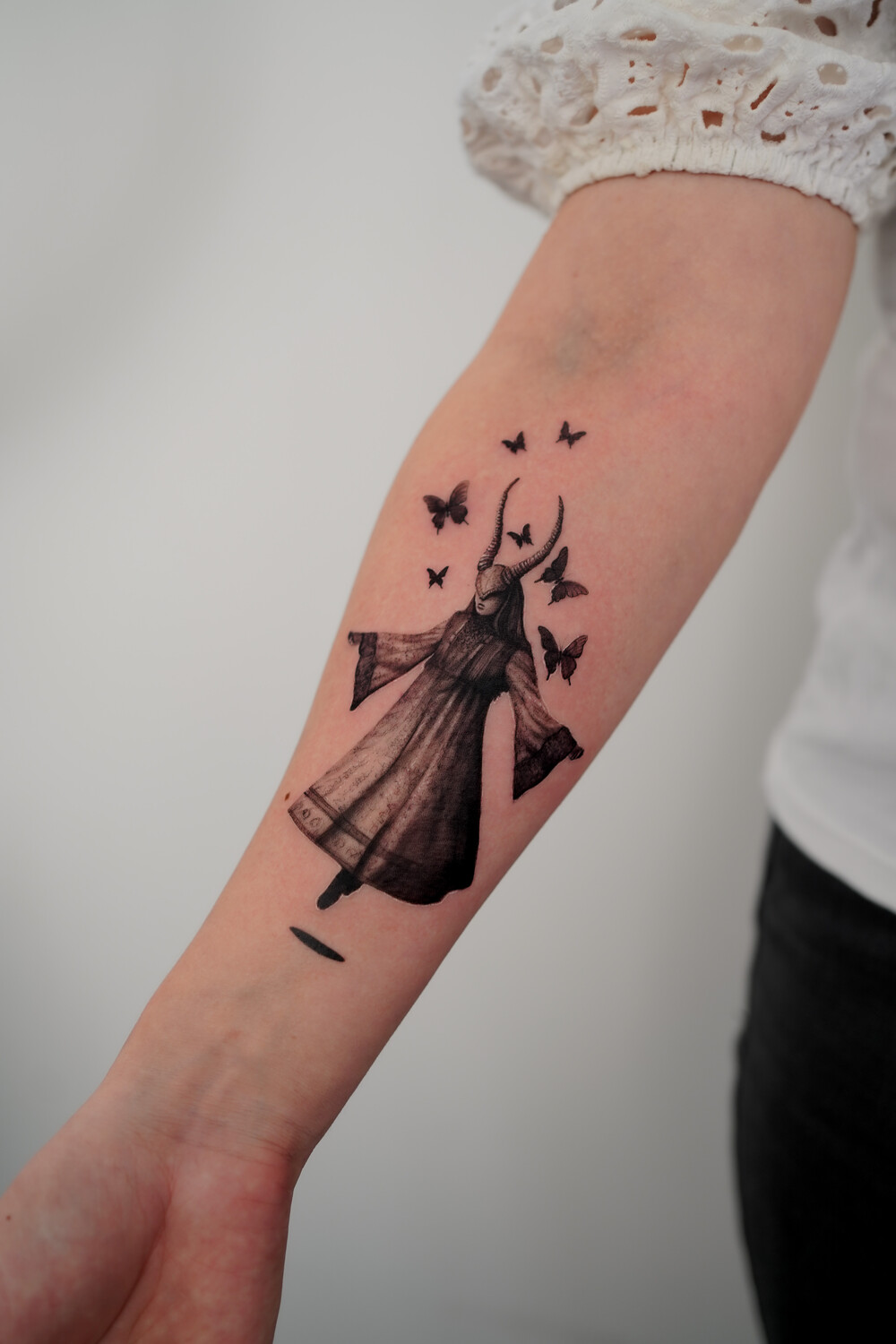
What has been your most memorable tattoo experience so far?
— One of my most memorable tattoos is titled “Raindrop”. It marked the beginning of a new visual and conceptual path in my work.
Unlike others, it doesn’t rely on extremely tiny details, but instead, I focused on creating a visually strong and elegant piece.
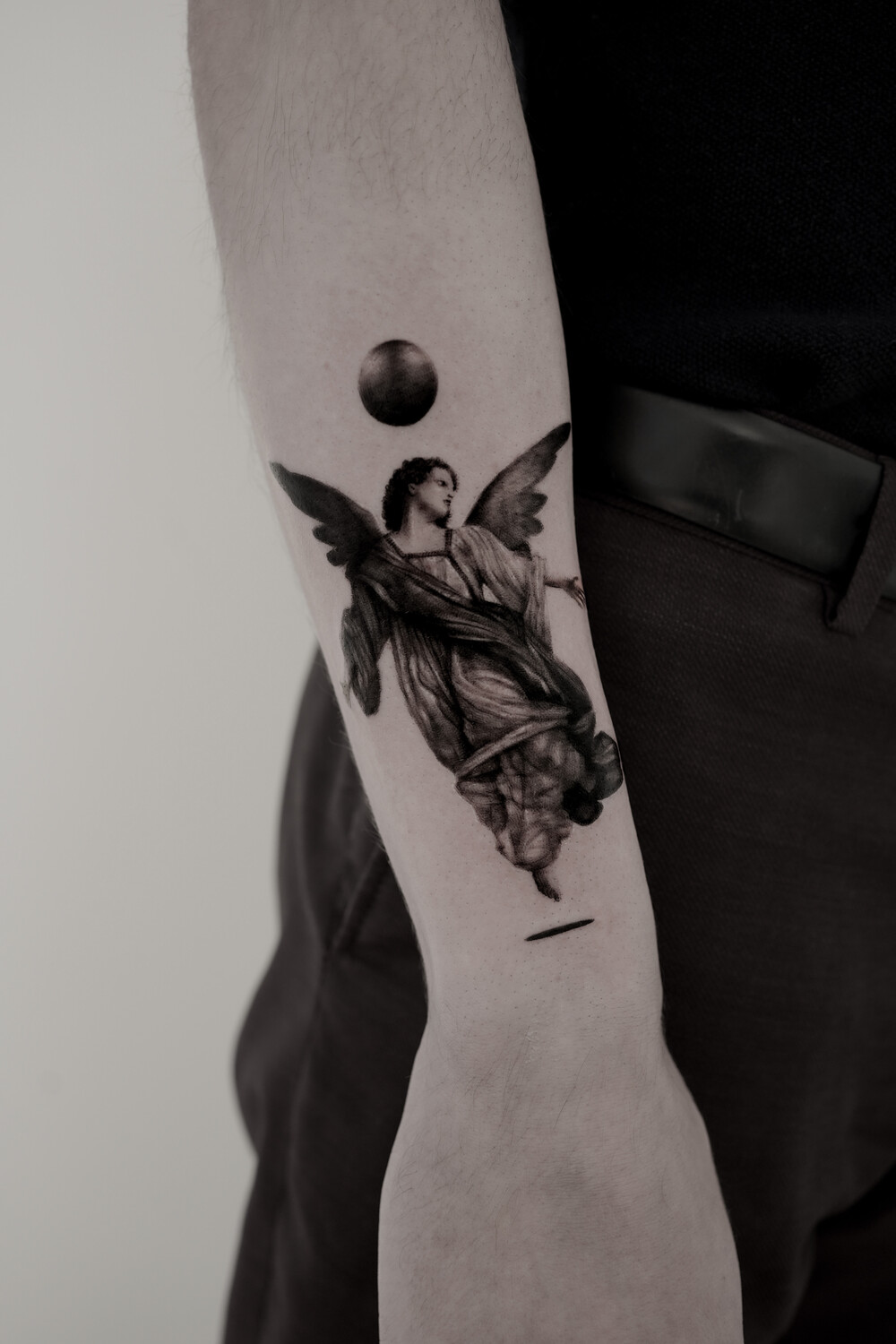
You’ve gained international recognition. How do you think tattoo culture in Chile compares to other countries?
— I think the main difference is how tattoos are perceived. In Chile and much of Latin America, tattooing is still not widely accepted as a true art form.
Every piece requires study, practice, and discipline, yet many tattoo artists are not seen as professionals or artists. That said, I do see a positive shift happening—people are slowly beginning to understand that the value of a tattoo goes far beyond aesthetics.
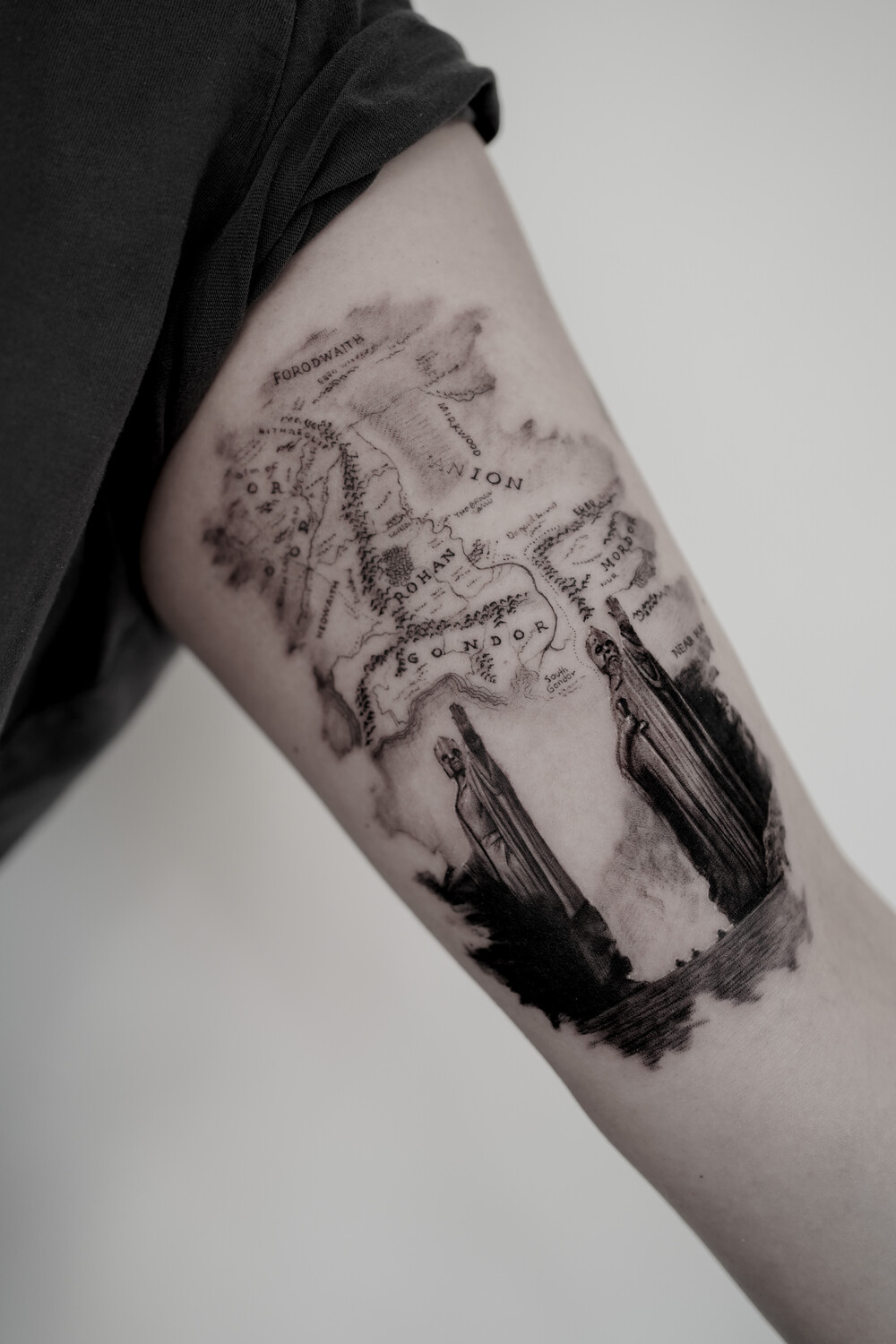
Do you think conventions are more about showcasing unique styles or competition?
— Nowadays, I feel like conventions are primarily competitive. The market has shifted, and social media is currently the most effective platform for showcasing new styles and artists.
That being said, competitions still play an important role in providing feedback among artists, and that’s something that should always be preserved. Sharing knowledge and seeing other artists work in person is incredibly valuable.
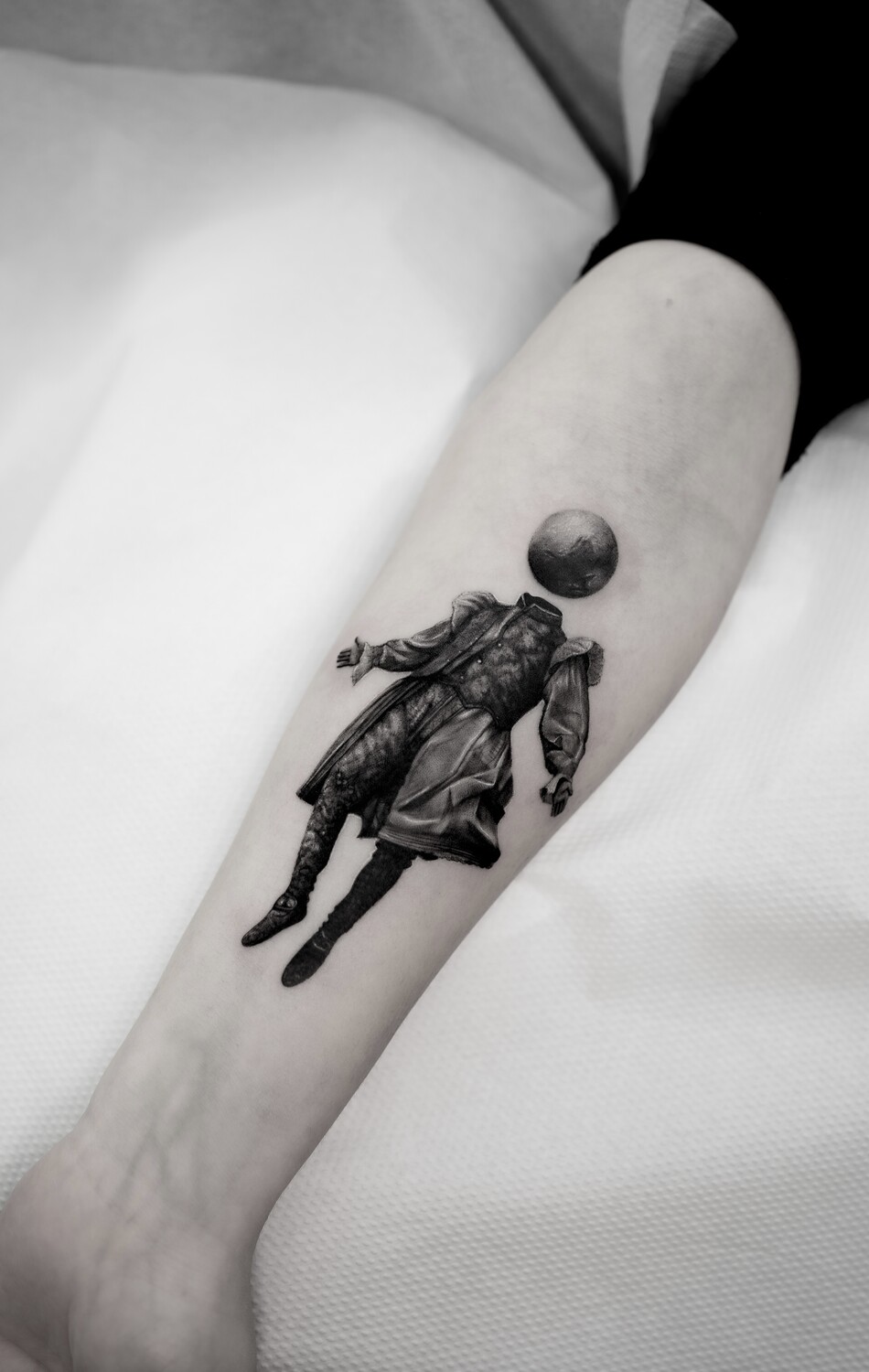
Sponsorships play a major role for tattoo artists today. How have they impacted your career, and what advice would you give to those seeking sponsorships?
— Sponsorships have become very important in recent years. Brands are now looking for talented and influential artists to represent them, which has created a kind of competition among companies to recruit the best talent. I’ve been sponsored by MAST, DRAGONHAWK, and WJX, among others.
Having brands believe in my work has been essential. I’ve built strong, committed relationships with them, and I’m happy to use high-quality products that I can apply to every piece I create.
My advice for those seeking sponsorship is to be patient and disciplined. The standard in tattooing is very high right now, so it’s important to focus first on improving your own work. If your art speaks for itself, sponsors will eventually come to you.
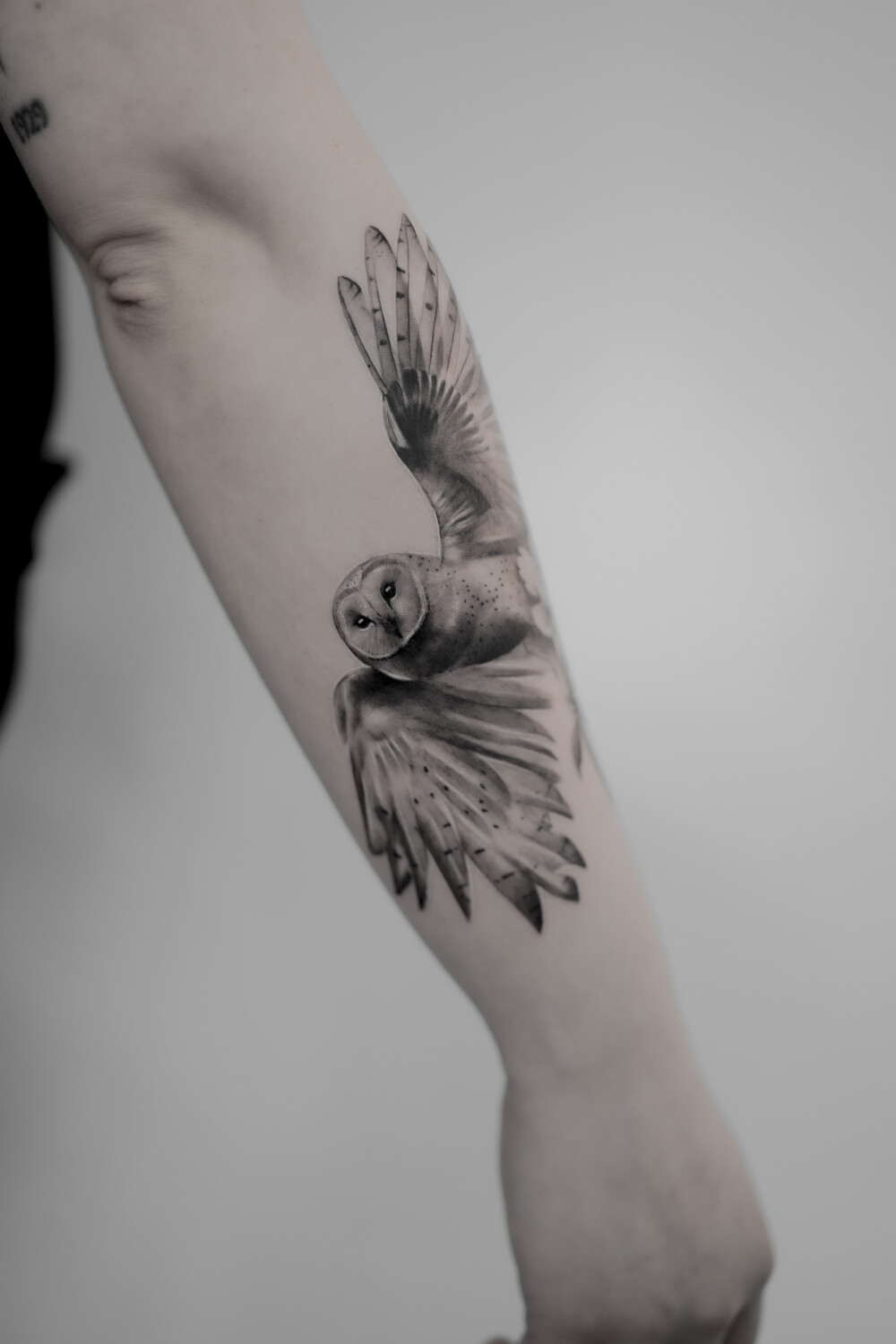
Do you teach or mentor other artists? How important is knowledge-sharing in the tattoo community?
— Lately, I’ve been offering personalized classes—both to beginners and experienced tattoo artists who want to specialize.
In 2025 and 2026, I have several micro-realism seminars planned for artists interested in entering the style. Sharing correct, solid knowledge is essential. We’re in a stage where the tattoo industry is evolving rapidly in both style and technical levels.
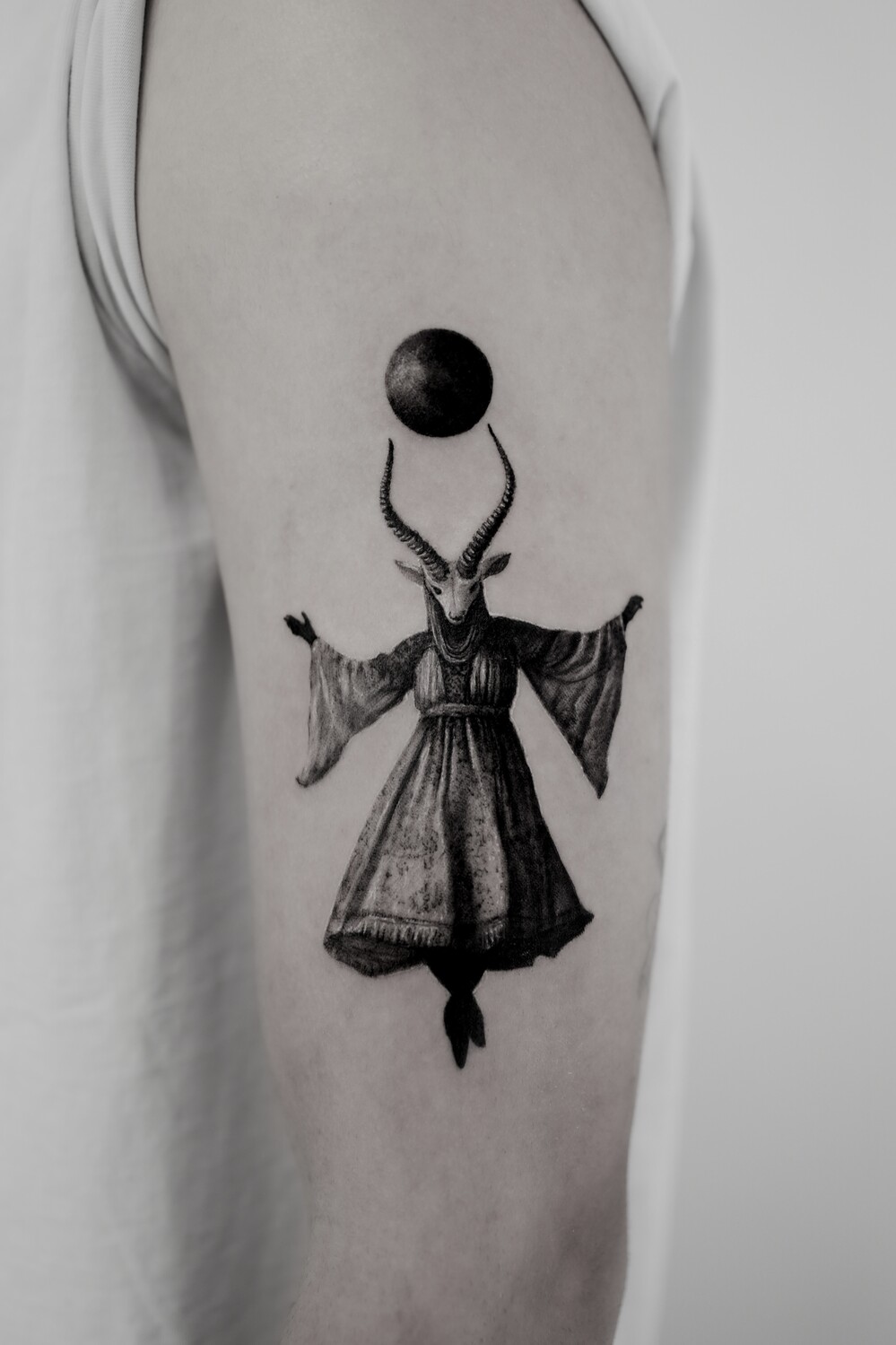
What advice would you give to someone just starting in realistic or micro-realistic tattooing?
— I would advise not to skip the stage of learning other techniques alongside realism. Building a broad foundation allows you to create more advanced and versatile work.
Each project may require a different approach, so it’s important to learn how to use everything—from fine liners to large magnums—and to expand your technical understanding. Discipline and consistency are crucial. Also, being able to manage frustration is something every tattoo artist needs to learn when entering this world.
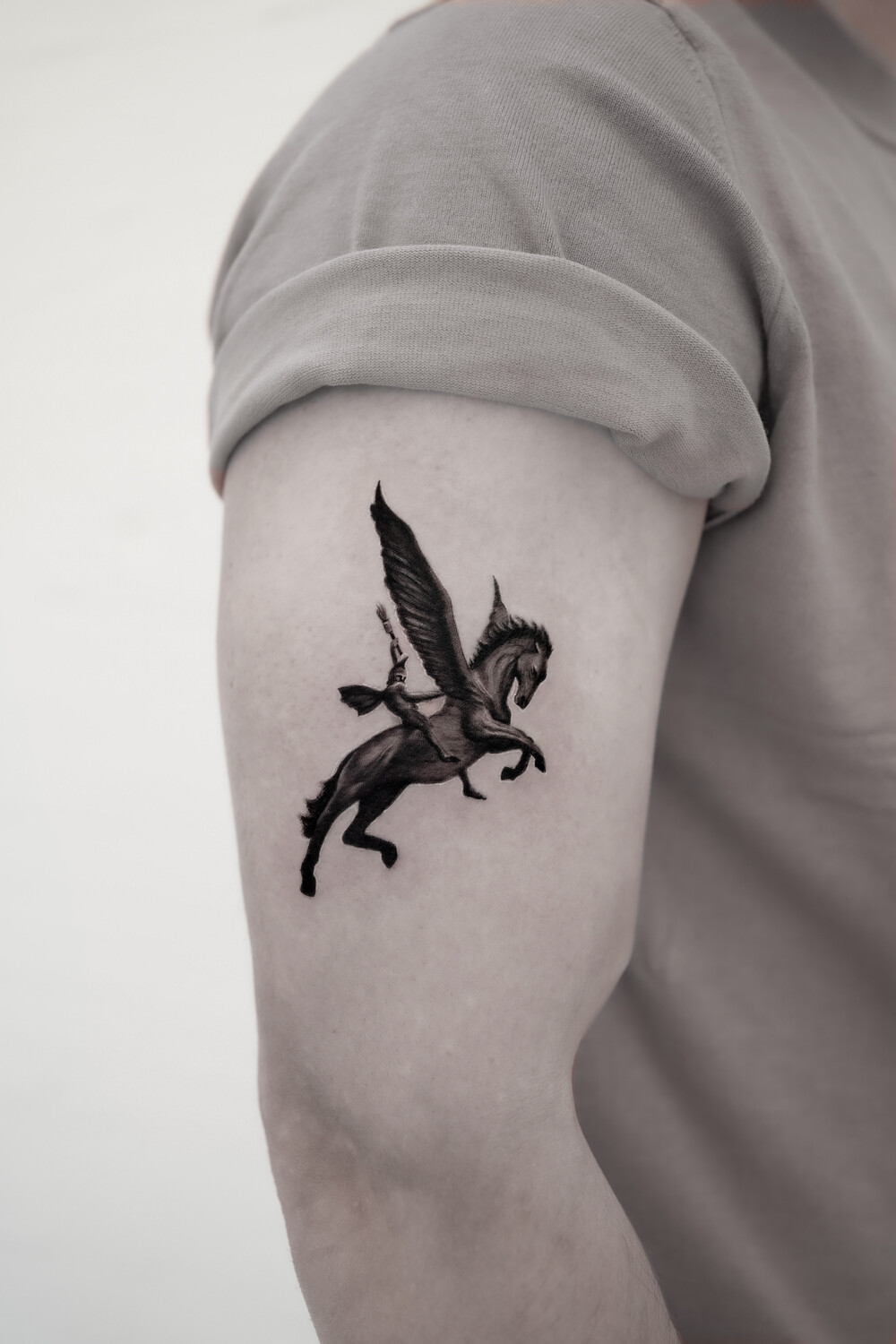
How do you stay inspired and keep evolving as an artist?
— For me, staying inspired is the most difficult part of any artistic discipline. But discipline itself is the key. There are days when the energy or motivation just isn’t there—but that’s exactly when you need to keep going. Inspiration often comes during those low-energy moments. Discipline has helped me evolve, explore new ideas, and maintain the same love for the art that I had in the beginning.
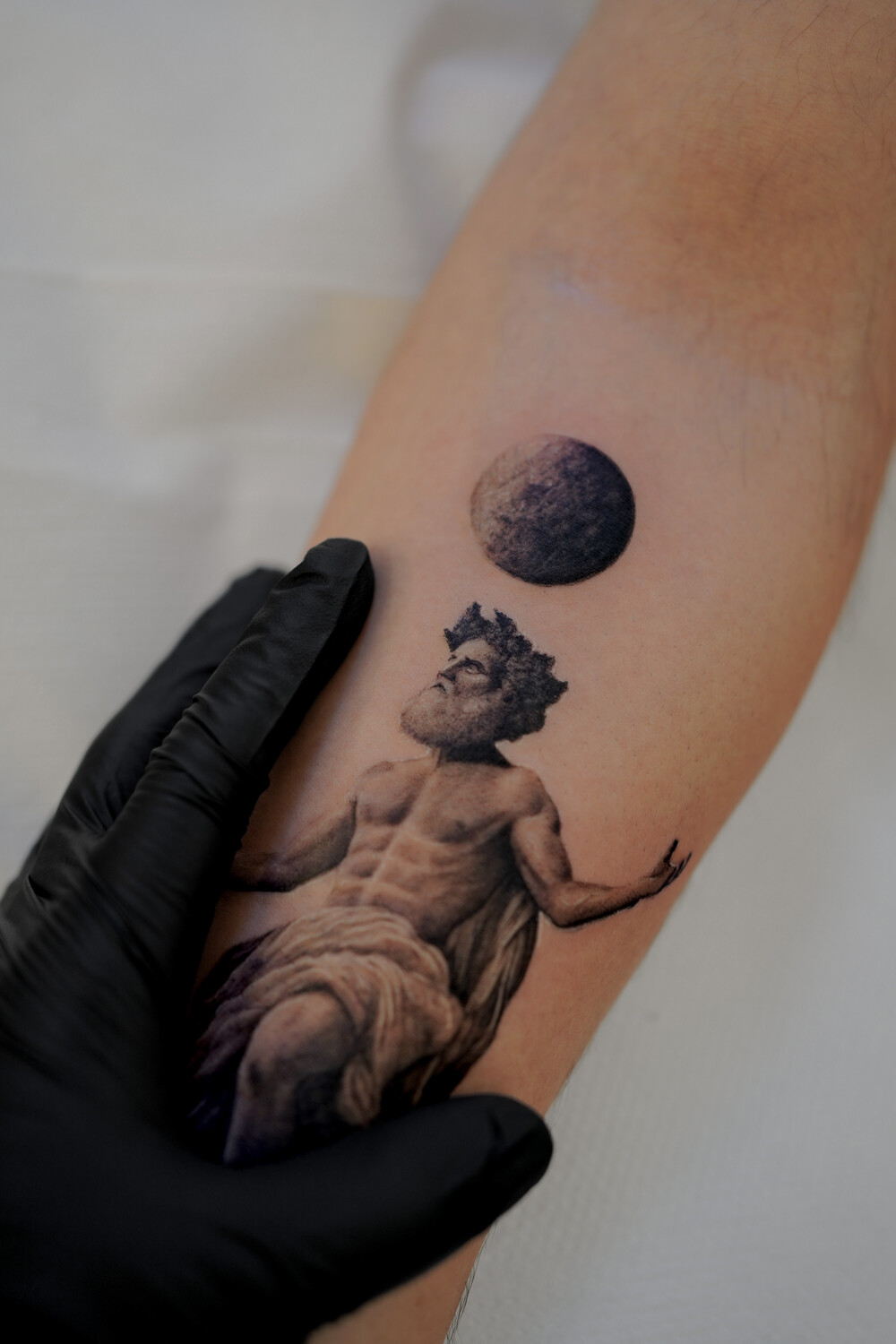
What role do social media play in your work, especially when connecting with international clients?
— Social media is currently the most important tool for connecting with clients, regardless of location—though of course, word of mouth will always matter. Platforms like Instagram are the visible face of our work. In my case, it has been essential in helping me connect with clients and studios from around the world. I truly enjoy hearing from people in different countries who are interested in my work.
Can you tell us about an upcoming project or collaboration you’re excited about?
— I have upcoming trips to Europe and the U.S., and I’m really excited to collaborate with high-level artists and colleagues I admire, who have welcomed me into their studios.
In a few months, I’ll be working as a resident artist in New York and Miami—this is a major milestone in my career.
I also have personal projects in the works, like exhibiting my paintings and continuing to strengthen that artistic side of myself, which I truly love.
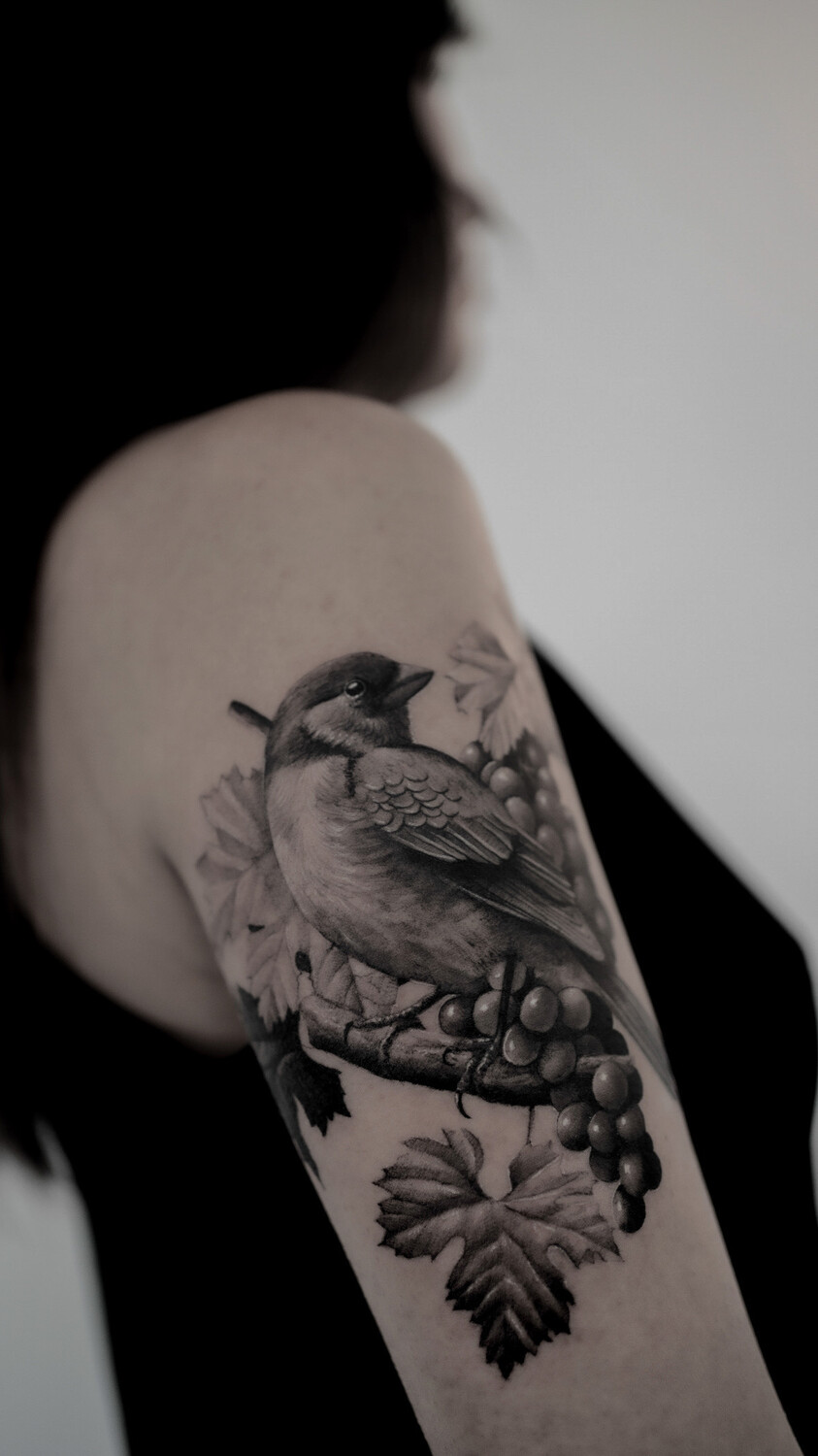
How do you see the future of tattooing in terms of style and technology?
— I see a very promising future for tattooing in all aspects. There are artists now pushing boundaries that were once thought impossible.
Some still claim certain techniques don’t hold up over time, but others have proven the opposite.
In terms of technology—especially with the rise of AI—if used wisely, we could soon see artists creating conceptually and technically powerful work using new machines, inks, and tools that are improving every day for better application and long-lasting results
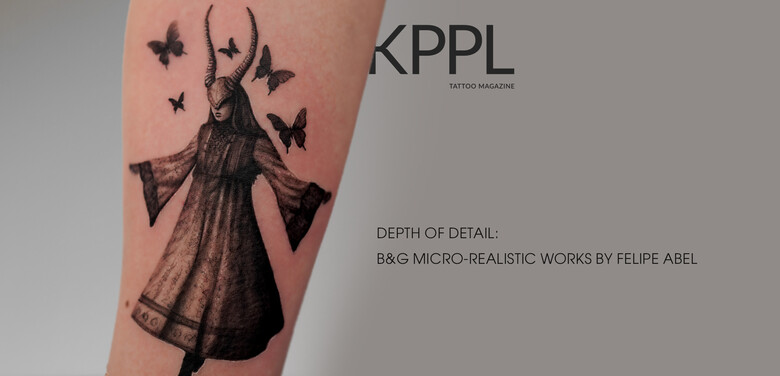

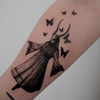
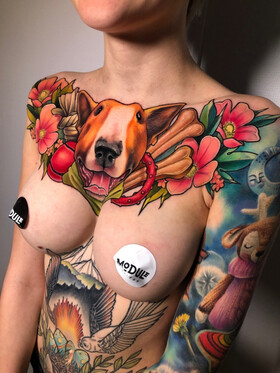
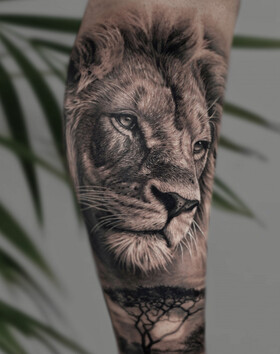
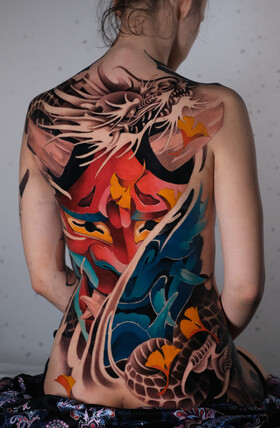
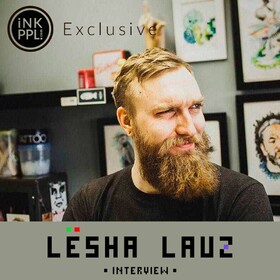
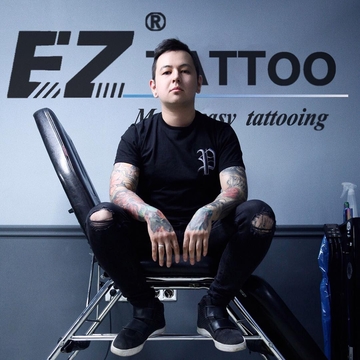
Comments (0)